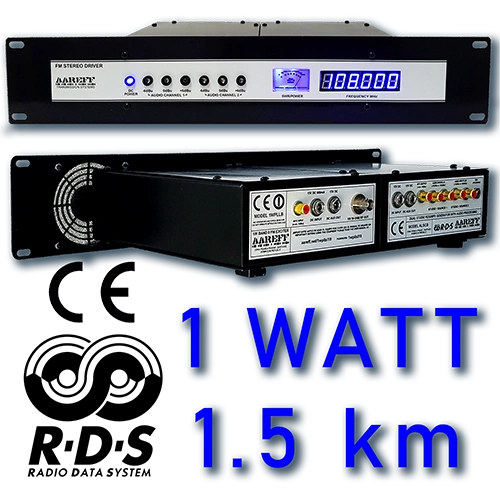
1W FM Transmitter Stereo DDS with RDS and Audio Processing

- STEREO WITH AUDIO PROCESSING
- USB PROGRAMMABLE DYNAMIC RDS
- MPX ONLY OPTION
- 12VDC or 90-260VAC OPTION
- INCLUDES SHIPPING
- 5 YEAR WARRANTY
- EXCEEDS CE/FCC TECHNICAL SPECIFICATION

|
LIMITED WARRANTY |
Suitability
Exciter FM transmitter to drive larger and more powerful RF amplifiers. This unit also has a high specification fully filtered RF output, which means it can be connected directly to an antenna for small areas, hospital radio, theme park, special events, etc. and still comply with the FCC and EU CE technical requirements.
Applications
This 1 Watt (1W) Exciter DDS FM Stereo Transmitter from AAREFF is a versatile and high-performance solution for both professional broadcast exciters and standalone low-power FM transmission. Designed for superior signal quality, it features a highly stable Direct Digital Synthesis (DDS) frequency generator, built-in Stereo and Audio Processing, and Dynamic RDS (Radio Data System) capabilities. It is ideal for feeding high-power amplifiers in large broadcast setups or for use as a standalone transmitter for limited coverage areas such as hospitals, church, theme parks, and educational campuses, all while adhering to CE/FCC technical specifications.
Usage Suitability
This unit functions as an exciter FM transmitter capable of driving high-power RF amplifiers. It also features a high-performance, fully filtered RF output, allowing it to be connected directly to an antenna for localized broadcasting such as in hospitals, theme parks, special events, and similar applications—while remaining compliant with FCC and EU CE technical standards.
Which FM Transmitter Version Do You Need?
Selecting the Optimal Version for Your Broadcast Requirements.
Choosing the correct version of your FM Transmitter is crucial for operational efficiency and meeting your specific broadcast goals. We offer professionally engineered systems that cover 90% of customer requirements right out of the box, ensuring you get the exact functionality needed for your station.
These are the two primary, professional versions of our FM Transmitters:
◼ Stereo with RDS and Audio Processing Version
Ideal for: Any station prioritizing high audio quality, professional stereo separation, and dynamic Radio Data System (RDS) functionality for displaying station name, song titles, or slogans. This is the most feature-rich option for modern, professional broadcasting.
◼ MPX Version
Ideal for: Experienced engineers who handle external audio processing and stereo encoding outside the transmitter. This version accepts a pre-processed and encoded composite signal (MPX) for direct modulation, offering maximum control to the audio chain expert.
Need Customization?
We understand that custom requirements exist. If you need alternative versions (e.g., stereo only, no RDS, no processing), we can accommodate these requests to match your specific technical setup.
You will find detailed descriptions of both the Stereo/RDS and MPX versions, including how they work, technical specifications, and the final price INCLUDING delivery to your country, in the following sections.
Contact Our Experts
If you are still unsure, you are always welcome to contact us at em: info@aareff.com or ws: +1 829 6980733 and we're more than happy to advise you.
We are happy to provide personalized technical advice to ensure you choose the system that maximizes your EIRP and operational efficiency.
Do You Have A Question?

Stereo, RDS, and Integrated Audio Processing System
The Recommended Choice: Automated Compliance & Performance.
If you're uncertain about which system to select, this version is the highly recommended and definitive choice. It provides an ideal combination of power and ease-of-use.
• For Beginners: This system automatically manages audio levels, guaranteeing your 1 watt transmitter remains compliant with all state regulatory requirements. An excellent, worry-free option to start broadcasting.
• For Professionals: Benefit from a hassle-free setup. Everything is neatly contained in a single enclosure, simplifying installation and maintenance.
-500.webp)
The audio inputs follow industry standards: 600 ohm +4 dBu balanced, using XLR connectors for professional-grade connections.
Additionally, this version comes with built-in RDS, allowing listeners to see your station name and other dynamic messages on car radio displays.
This is not just standard RDS—it features fully programmable dynamic RDS. By connecting the transmitter to a PC via USB, you can update RDS data in real time using the USB PC CONTROL function shown below.

Flat 30Hz to 76KHz MPX Input: Raw Precision for Expert Processors
Professional-Grade Raw MPX Input
This version is specifically available for experienced users who require a straight, raw MPX input for external signal processing.
1. Zero Tilt for Multiband Processors
• The holy grail of multiband audio processing is flat low-frequency audio response, and this input delivers exactly that.
• The 160Hz square wave test (shown in the image) demonstrates a perfectly square wave with zero tilting, making it ideal for integration with high-end commercial audio processors like Orban, Inovonics, Omnia, and Stereo Tool.
2. Technical Excellence: Ultra-Stable VCO System
Superior performance is guaranteed by our core hardware design:
• VCO Technology: Utilizes a Hartley-based, lightly coupled push-pull VCO.
• Extraordinary Stability: This VCO exhibits extraordinary stability, deviating by less than 10kHz from its designated frequency on its own—even when the Digital Synthesis System (DSS) and the Phase-Locked Loop (PLL) are switched off.
-500.webp)
Performance Benefits: Clean, Low-Noise Audio
The inherent stability of the VCO leads to two crucial audio benefits:
• Low Noise: The PLL only needs to make minor corrections (maintaining frequency within about 300Hz, ensuring the audio remains exceptionally clean and low-noise.
• Preserved Low-End: The PLL's control voltage is heavily low-pass filtered to just a few Hz. This slow loop filter ensures that low frequencies around 30Hz are not misread as frequency drift, passing completely unaltered to the varicap.
Result: This preserves the essential low-end audio response demanded by high-performance audio processors.
Antennas
On delivery the equipment is ready to plug in and use with any suitable 50 ohm antenna system such as our:
• SINGLE DIPOLE
• 4.8dBi 2 DIPOLES
• 7.8dBi 4 DIPOLES
• 10.8dBi 8 DIPOLES
• 4.8dBi 5/8 ANTENNA
• -0.8dBi CIRC. DIPOLE
• FOLDED DIPOLE
Our system package the 1W EIRP system includes this FM transmitter with a dipole antenna and very low loss LMR400 cable to give you a full system that will comply with the regulations of the European Union and most other countries in the world.
Ideal Applications
This exciter/transmitter is perfect for:
• Professional FM Broadcast Exciter: Feeding high-power FM amplifiers in major broadcast facilities.
• Campus Radio: Universities, colleges, and educational institutions.
• Local Community Coverage: Hospitals (patient entertainment), theme parks, church and large industrial sites.
• Emergency Broadcasting: Reliable transmission for localized information.
• Easy setup frequency, deviation, power adjustable in minutes.
Reliability & Construction
Extreme Reliability for 24/7 Operation
The 1W FM Transmitter is engineered for ultra-reliable performance. The core output transistor is rated at 4 Watts—four times the operational output. This massive over-specification ensures that running the transmitter at its standard 1 Watt output is effortless.
This design choice provides:
• Extreme Thermal Margin: Effortlessly handles heat and stress.
• Unmatched Durability: Can withstand operational abuse and conditions far exceeding normal limits.
• Guaranteed 100% Performance: Ensures continuous, flawless operation, making it ideal for 24/7 professional broadcast use.
Heavy-Duty Professional Enclosure
The transmitter is housed in a professional-grade, rack-mountable enclosure built to last for decades.
• Robust Steel Construction: Made from strong 16-gauge steel for superior protection and rigidity.
• Durable Finish: Features a powder-coated, baked satin black finish that is tough, highly durable, and resistant to rot or corrosion.
This surface is designed to be easily cleaned and maintain its appearance for years.
• Standard Rack Fitment: The unit is designed to fit seamlessly into any broadcast setup:The front panel is 19 inch across and 2U (3.5 inch) high with a depth of 12 inches.
This heavy-duty chassis is incredibly strong and extremely difficult to damage, even under the most demanding installation and handling conditions.
Configuring Power, Dev. and Freq.
This transmitter is fully adjustable by a competent engineer to operate from 87.5 to 108 MHz, in 100 KHz steps, pre-emphasis of 50 or 75uS and adjustable power from 2 to 1W. Like all our transmitters, this is easily done by reconfiguring the dip switches on the under side panel. When we test this we have to set it to some frequency, we prefer it to be the one you choose, so please let us know your frequency.
Compliance
The stereo version with audio processing and limiting meets all the regulatory standards required out of the box and pre configured. In fact if you send us a copy of your permit and it's conditions, we will set it up exactly to the specification. This equipment complies with EU/CE harmonised standards and FCC technical requirements for FM broadcasting. More information HERE
RF Specification
All stated measurements were made at 220VAC at 27 Deg. Celsius ambient temperature unless stated.
| Power Output | Adj. 1-1 Watts into 50 ohms |
| Spurious Emissions | Less than -75 dB ref to carrier |
| Harmonic Emissions | Less than -70 dB ref to carrier |
| Freq Stability | +/- 1 KHz max. typ. +/-300 Hz |
| Deviation Sensitivity Stability | +/-2 % max |
| Freq Fine Adj | > +/- 1000 Hz |
| Freq Range | 87.5 to 108 MHz in 100 KHz steps |
| Out of Lock RF Muting | Less than -70 dB ref to carrier |
| Residual AM | Less than 0.5 % |
| Synchronous AM | Less than 0.5 % |
| RF Ruggedness | Any VSWR phase or length of time |
| Output Connector | N-Female |
| Operating Temp | -20 to +40 Deg C |
AF Specification
| Pre-emphasis | (50 uS/ 75 uS/ None) Selectable | |
| Audio Input Connector | XLR True Balanced 600 ohm No Ground Ref./ Floating | |
| Audio Input Sensitivity | +4 dBu for +/- 75 KHz dev. | |
| Version | MPX | Stereo and Audio Processor |
| Signal To Noise Ratio | 80dB | 65dB |
| Frequency Response | 30Hz-76KHz | 30Hz-15KHz |
| Audio Distortion | Better than 0.1% / 60dB THD | Better than 0.1% / 60dB THD |
AC Specification
| Input Voltage | 90-264 V AC 135-370 V DC 47-63 Hz |
| Input Power | 6W for 1W RF OUT with RF SWR less than 1.5 |
| Working Humidity | 20-90% RH non-condensing |
| Safety Standards | UL60950-1 TUV EN60950-1 BSMI CNS14336 CCC GB4943 J60950-1 approved |
| EMC Emission | Compliance to EN55022 class B EN61000-3-2 3 FCC PART 15 / CISPR22 class B CNS13438 class B GB17625.1 |
| EMC Immunity | Compliance to EN61000-4-2 3 4 5 6 8 11 light industry level criteria A |

 +1 829 698 0733
What Do You Need? Talk To Us
+1 829 698 0733
What Do You Need? Talk To Us
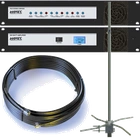
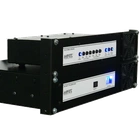
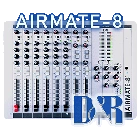
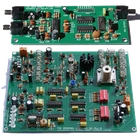
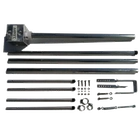
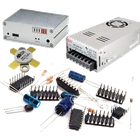








 The ANTENNA is very important, check this is installed and ready to use. DO NOT EVER POWER A FM TRANSMITTER OR RF AMPLIFER WITHOUT AN ANTENNA CONNECTED.
The ANTENNA is very important, check this is installed and ready to use. DO NOT EVER POWER A FM TRANSMITTER OR RF AMPLIFER WITHOUT AN ANTENNA CONNECTED.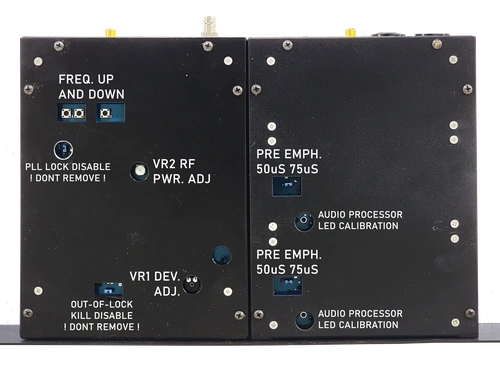


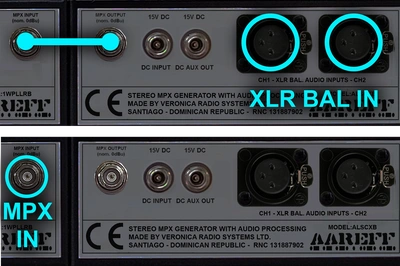
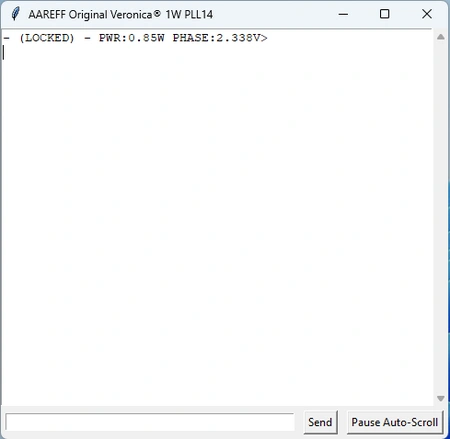
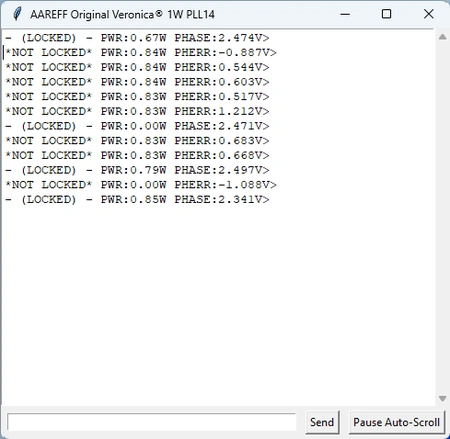
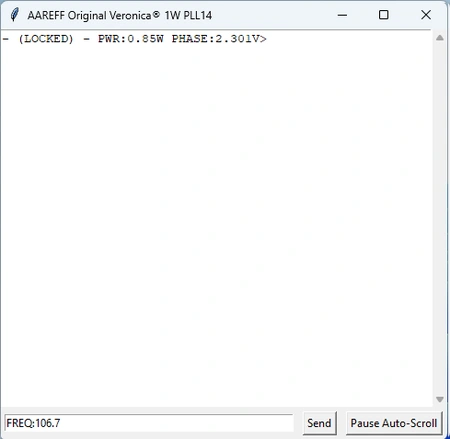
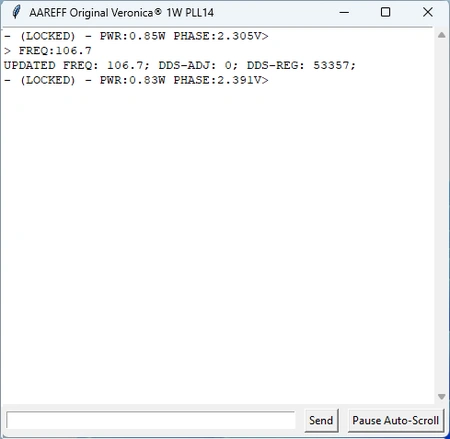
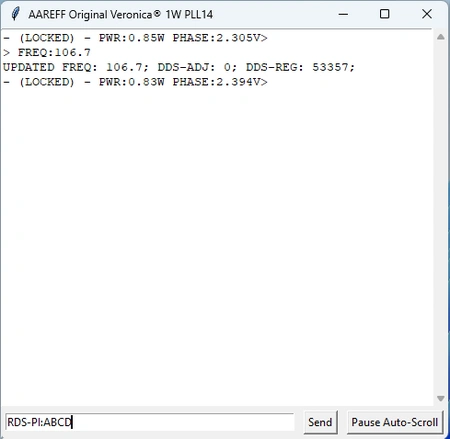
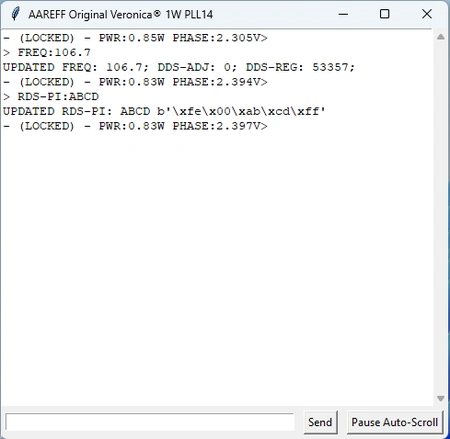
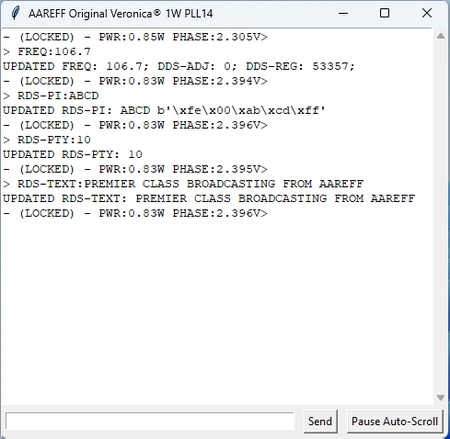

 Do not adjust any factory set internal controls.
Do not adjust any factory set internal controls.